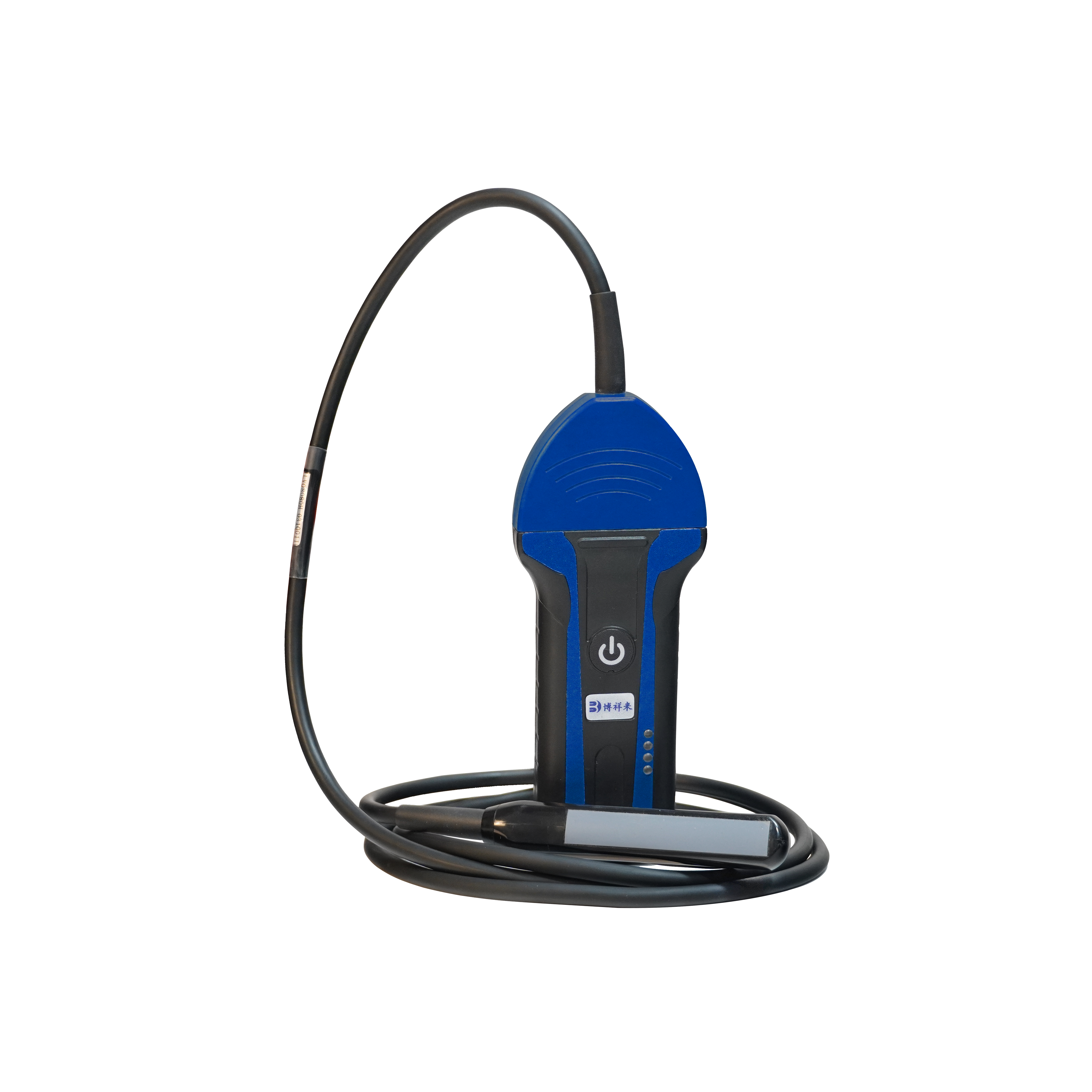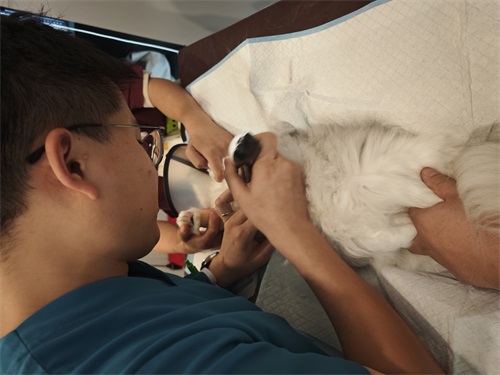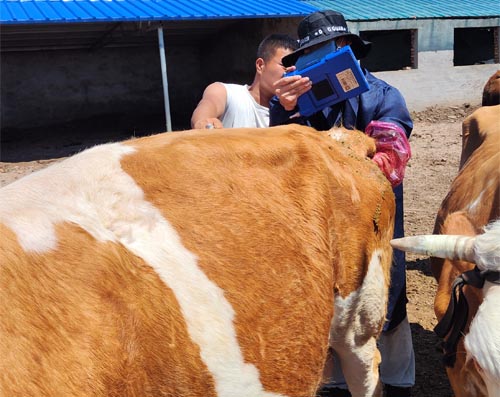Ultrasound technology has become an indispensable tool in both human and veterinary medicine, helping healthcare professionals diagnose and monitor various conditions. While the basic principles of ultrasound remain the same, there are significant differences between human ultrasounds and Veterinary ultrasounds. In this article, we’ll explore these differences, their applications, and the unique challenges faced in each field.

Understanding Ultrasound Technology
Ultrasound uses high-frequency sound waves to create images of the inside of the body. A transducer emits sound waves that bounce off tissues and organs, and the returning echoes are translated into images. This non-invasive imaging technique is favored for its safety, as it doesn’t involve ionizing radiation.
Key Differences Between Human and Vet Ultrasound
1. Anatomical Differences
The most obvious difference between human and vet ultrasounds is the anatomy being examined. Humans have a more uniform body structure, while animals vary greatly in size, shape, and organ placement depending on the species. For instance, ultrasound for dogs differs from that for cats, and both differ from larger animals like horses. This diversity requires veterinarians to be knowledgeable about the specific anatomy of the species they are working with.
2. Equipment Variations
While the basic technology is similar, the equipment used in human and veterinary ultrasounds can differ significantly. Veterinary ultrasounds often utilize portable machines that can be easily transported to different locations, such as farms or shelters. In contrast, human ultrasounds are typically performed in specialized medical facilities with more advanced equipment.
3. Procedural Techniques
The procedures can also vary. In human medicine, patients are usually asked to lie down on a table, and the technician applies gel to the skin to enhance sound wave transmission. In veterinary practice, animals may require sedation or restraint, especially if they are nervous or in pain. Additionally, veterinary technicians often have to adapt their techniques based on the animal's size and behavior.
4. Indications for Use
Ultrasound is used for different diagnostic purposes in humans and animals. In human medicine, it is commonly used during pregnancy, for assessing abdominal organs, and for guiding procedures such as biopsies. In veterinary medicine, ultrasounds are frequently used for pregnancy diagnosis in pets, evaluating heart conditions, and diagnosing tumors or other internal issues.
5. Interpretation of Results
The interpretation of ultrasound images also varies. Radiologists in human medicine typically have extensive training in human anatomy and pathology, while veterinary ultrasound specialists must be proficient in a wide range of animal species. This requires not only knowledge of anatomy but also an understanding of how various species can present different conditions.









